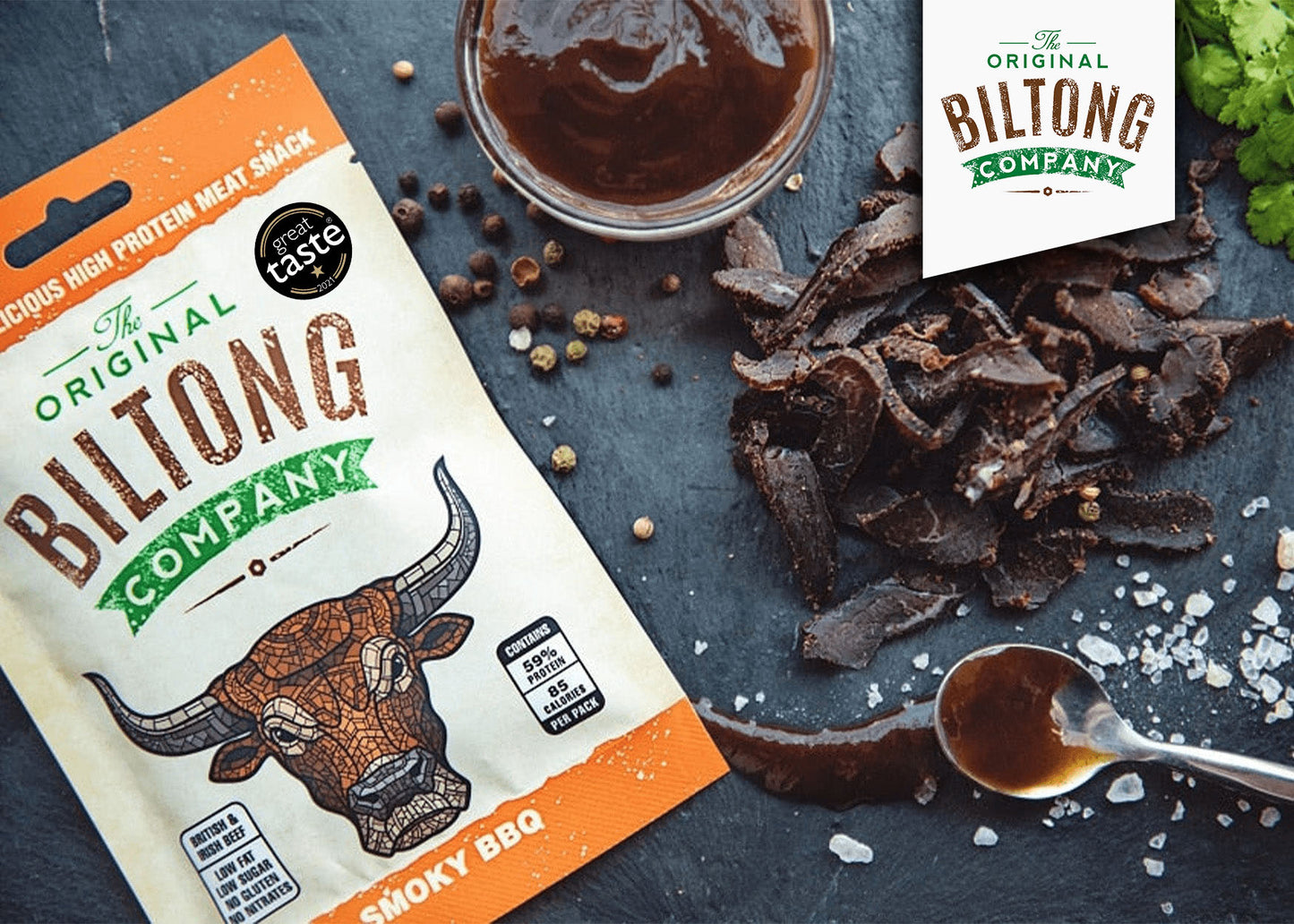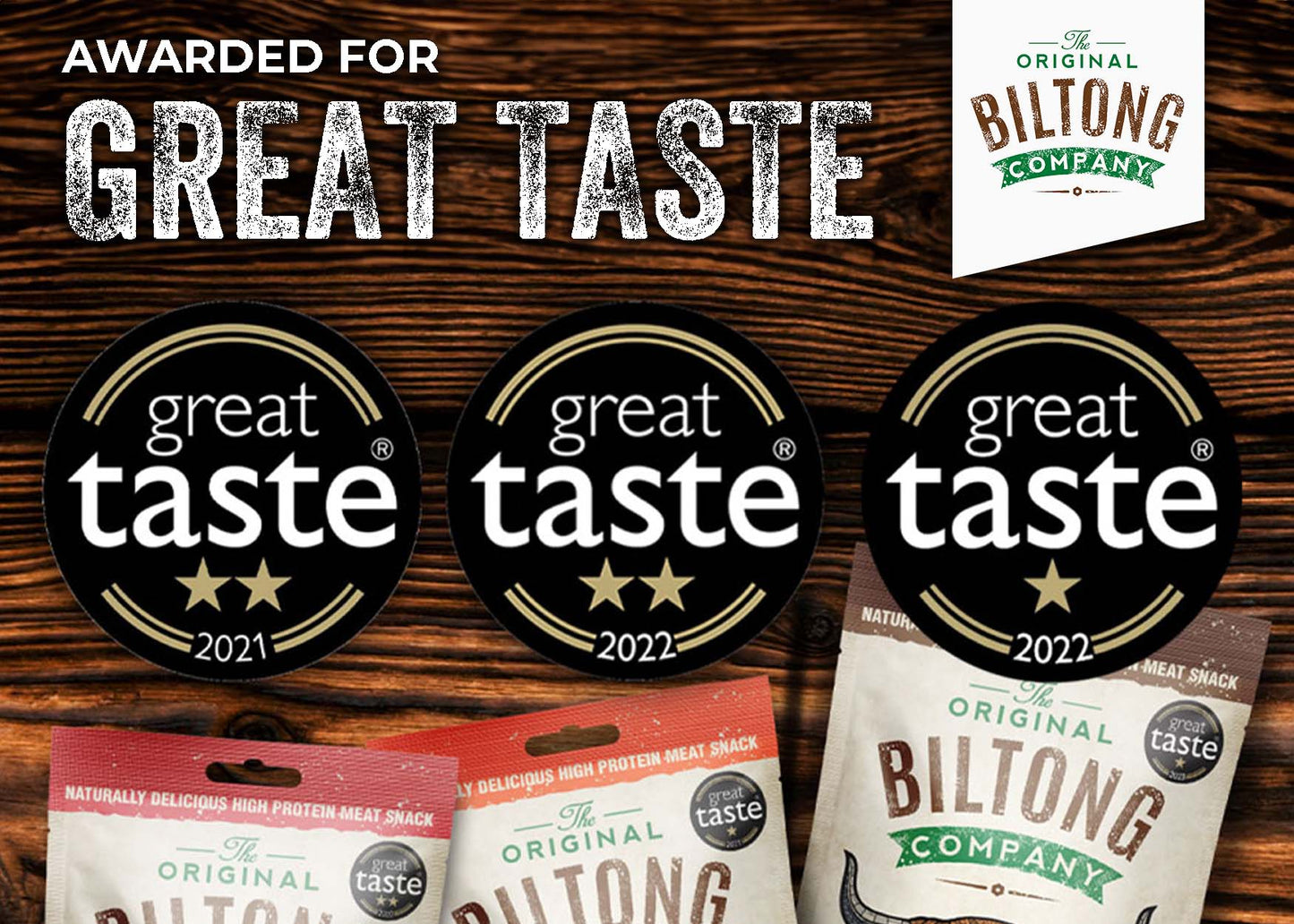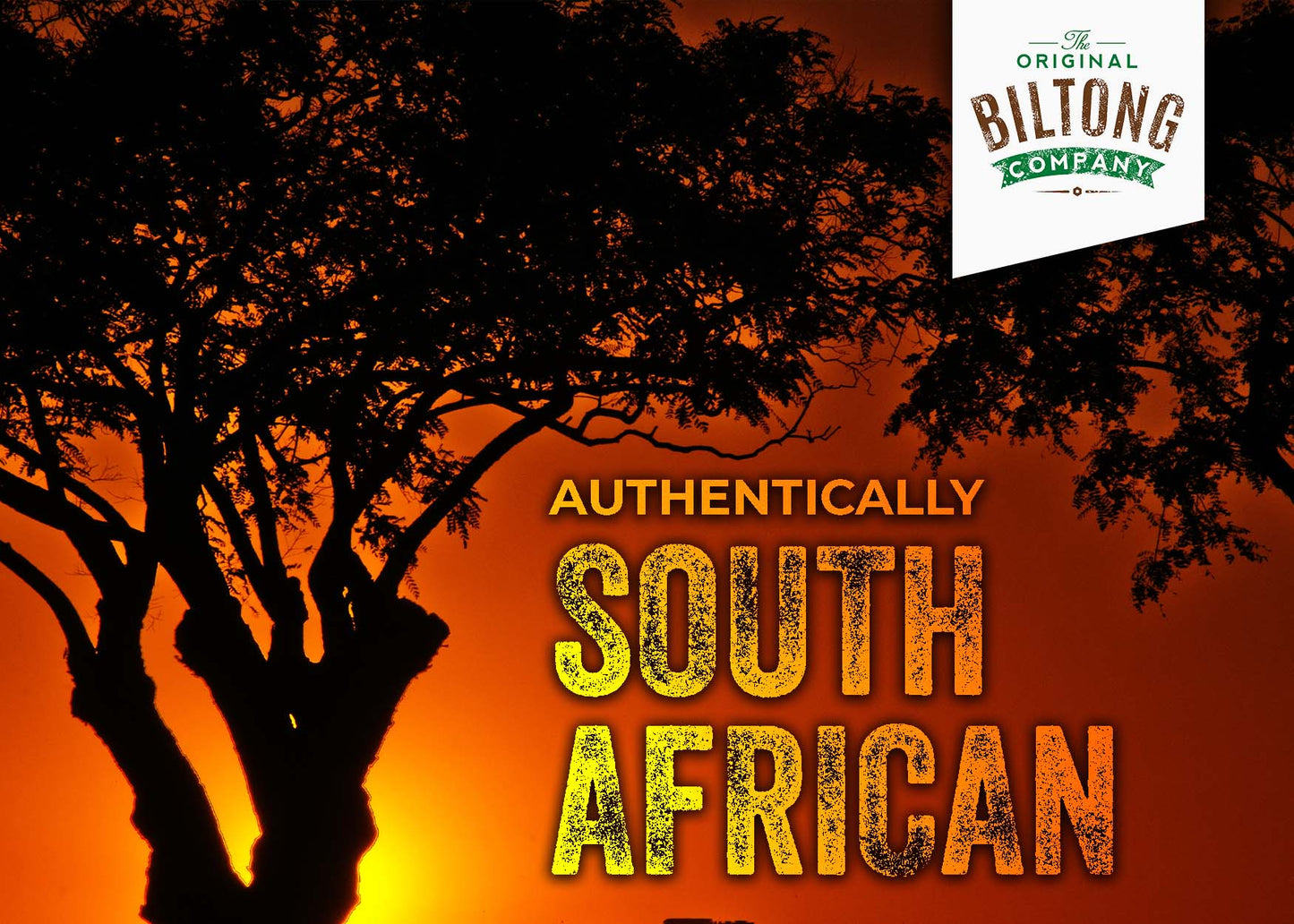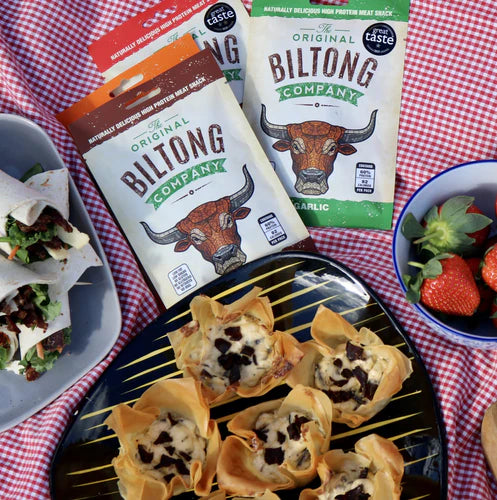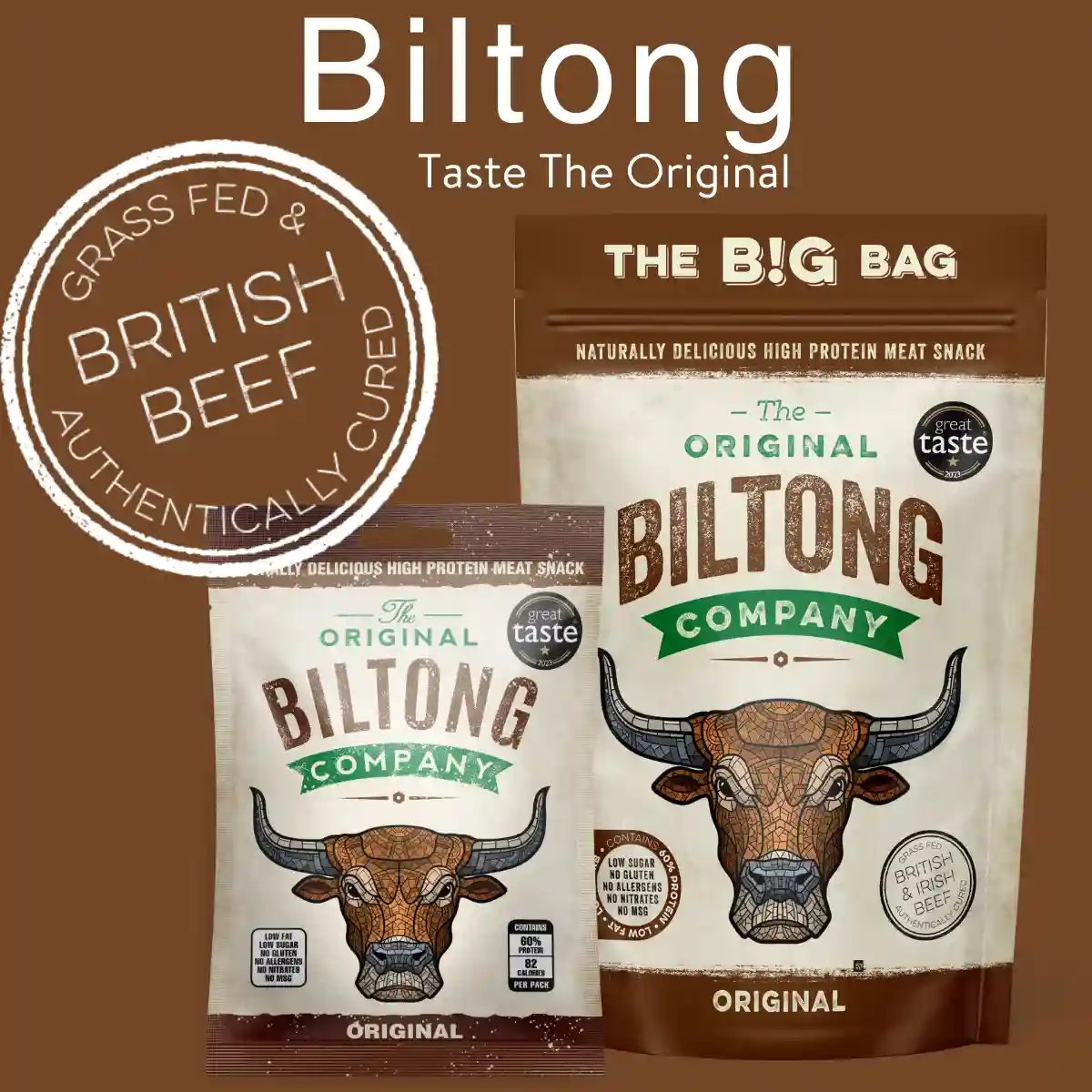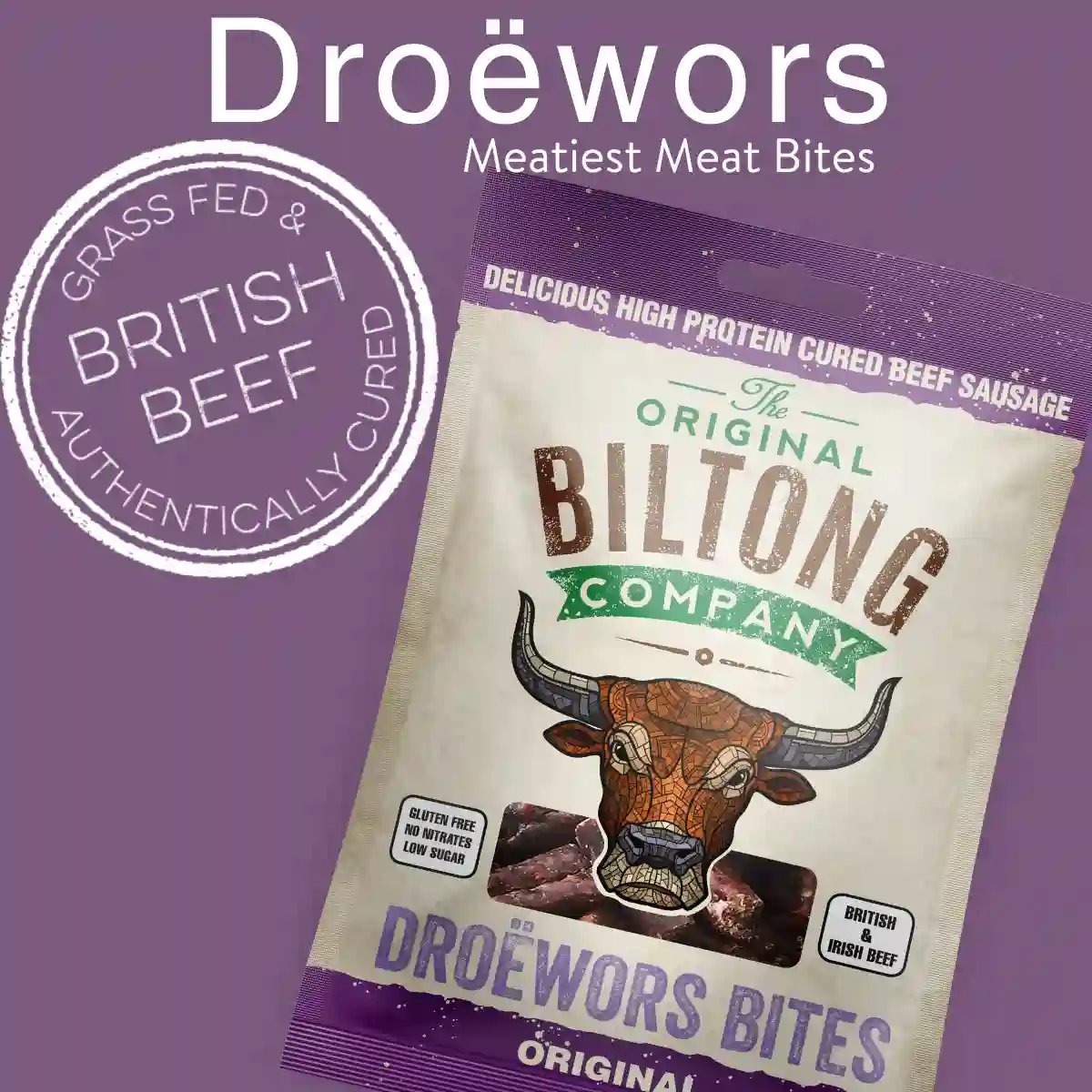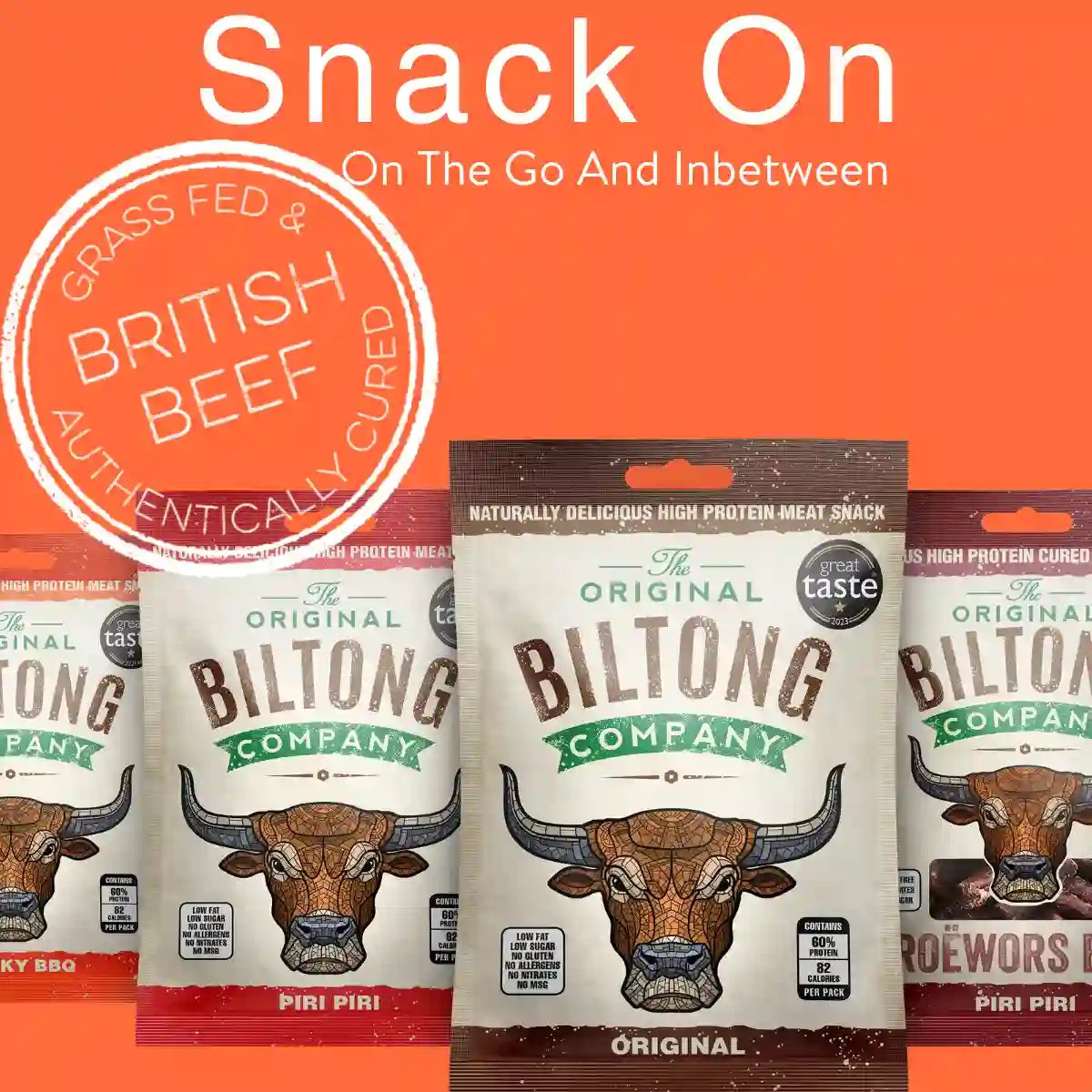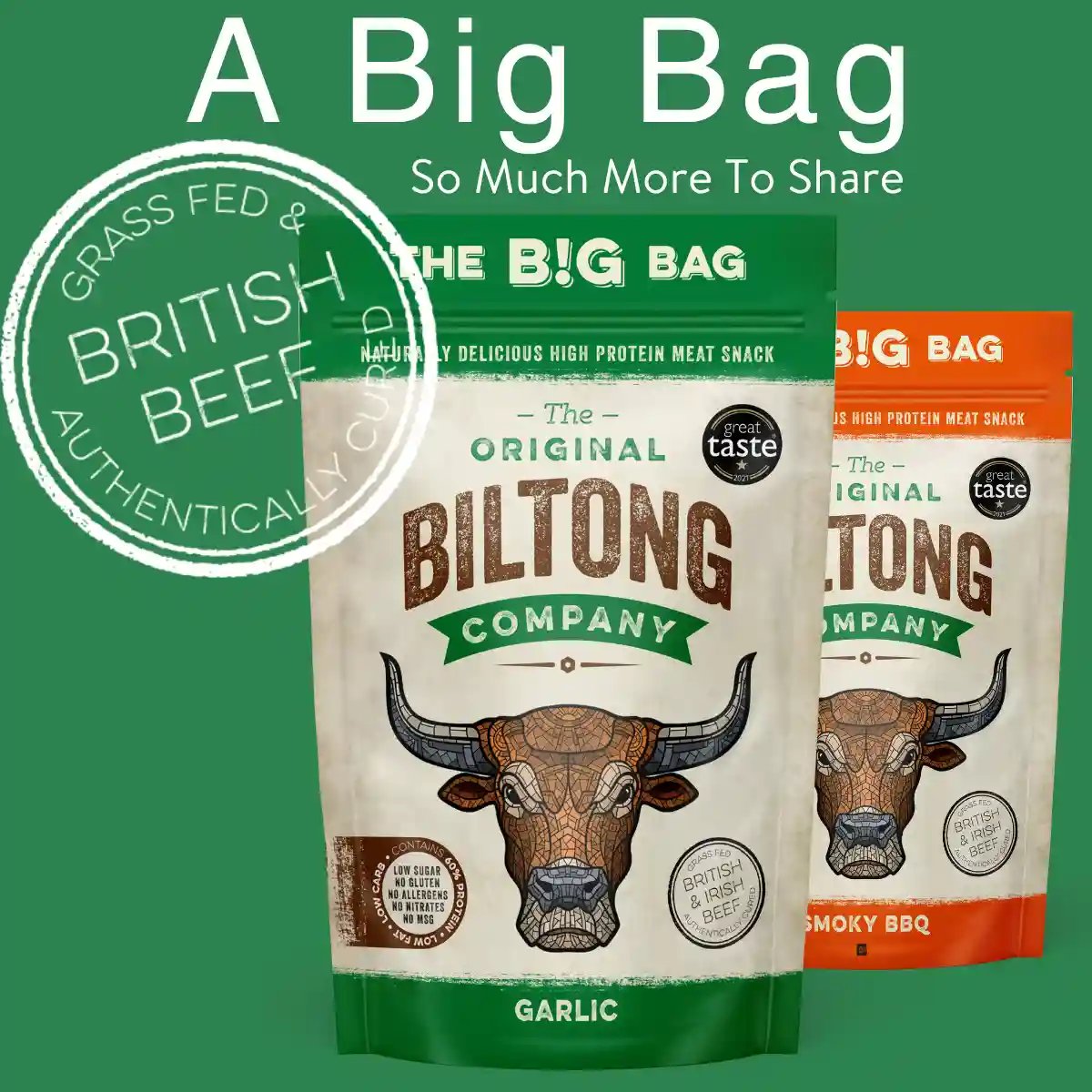People have dried meat for centuries because it lasts long, tastes excellent, and provides essential nutrients. Popular options include lean beef, chicken, and sausages. Different cultures use a variety of methods to dry meat, affecting its texture and individual flavour.
One of the best-known types is biltong, a traditional South African snack made from air-dried, grass-fed organic beef jerky. Many people prefer lean ground meat options for a healthier choice. Unlike beef jerky, which dries with heat, biltong dries slowly. This process keeps the meat tender and full of rich flavour.

The History of Dried Meat
For thousands of years, dried meat has helped travellers, hunters, and explorers stay nourished. Before refrigeration, people needed a variety of methods to keep food fresh. Drying meat helped it last longer without spoiling, making it an essential survival food.
- Europe – Roman soldiers dried and smoked fat meats like pork to preserve them during long military campaigns.
- The East – In India, people make Hunter’s Beef by marinating lean beef with potassium nitrate and baking it. In China, Traditional Chinese Sausage and Bakkwa are popular meat-based dishes. People marinate them in a rich sauce, then grill or smoke them, creating a complex flavour loved during festivals.
- South Africa – In the 1600s, Dutch settlers dried lean ground meat using vinegar, salt, and spices to preserve it for long trips. This technique became biltong, a popular variety known for its nutritional benefits and outstanding flavour.

Popular Types of Dried Meat
Many countries have their own versions of dried meat, each with a unique preparation and seasoning:
- Biltong (South Africa) – People soak South African beef in vinegar, black pepper, and spices. Then, they air-dry it to make biltong, a soft and tasty snack.
-
Beef Jerky (USA) – People slice beef thin, season it with soy sauce and brown sugar, and then dry it with heat. This makes it chewy with a smoky, slightly sweet taste. Learn more about Biltong vs Jerky.
- Borts (Mongolia) – People cut horse or beef into strips and dry it outside using natural airflow. Mongolian nomads store it for long trips and add it to stews.
- Bakkwa (China) – People make this sweet, chewy pork by marinating it in soy sauce, sugar, and spices, then grilling or smoking it. It has a toasted flavour and is popular at festivals.
- Bresaola (Italy) – People air-dry and salt beef, ageing it for months to enhance its flavour. They slice it thin and serve it with olive oil and lemon juice.
Read more about jerky’s history: Smithsonian Magazine.

How Do People Make Dried Meat?
Different varieties of methods affect how dried meat tastes and feels:
- Sun Drying – Sunlight and airflow remove moisture, working best in hot, dry places.
- Hot Air Drying – Heat and airflow dry meat into strips quickly. This method often produces lean ground meat snacks like beef jerky.
- Cold Drying – This slow process preserves the individual flavour of lean beef while keeping its nutrients.
- Vacuum Drying – Lowering pressure speeds up drying while preserving meat ingredients and taste.
- Freeze Drying – This method removes moisture at low temperatures, keeping fat meats fresh and maintaining texture. Many use freeze dryers to produce duck liver sausage and grass-fed organic beef jerky.

Spices and Seasonings
Different dried meats use a wide variety of spices to enhance their individual flavour:
- Biltong – People season lean meat with vinegar, black pepper, coriander, and a spice mix for bold flavour. Some potential varieties include peri-peri for extra heat. Whether you prefer classic or spicy, you have an outstanding variety. Try our biltong, made from a preference for quality beef.
- Beef Jerky – People marinate raw meat with soy sauce, brown sugar, garlic, and smoked paprika. Then, they slowly dry it with controlled heat, creating a chewy texture and a rich, smoky taste. Some potential varieties include spicy or teriyaki-style seasonings, offering a range of taste experiences.
- Coppiette (Italy) – People season thin meat edges of pork or beef with salt, fennel, and red pepper flakes. Traditionally air-dried, coppiette has a firm, chewy texture and a bold, spicy taste. Shepherds and travellers first made it as a durable, high-protein snack.
- Bakkwa (China) – People marinate this popular Chinese dish in sugar, soy sauce, and five-spice powder. Then, they grill or smoke it slowly, creating a chewy texture with a toasted flavour. Many enjoy bakkwa during festivals, and its popularity has spread worldwide. Some variety of producers offer Honey Marinated Pork Bakkwa, which brings out the buttery flavour of the meat.

What Makes Biltong Special?
Biltong is unique because of the drying and seasoning process. The slow drying method keeps it tender and brings out the best ingredient for meat. Some recipes use vinegar, black pepper, or peri-peri for extra flavour, while others focus on simple, natural spices.
Many brands that focus on premium grass-fed beef biltong use traditional methods. Whether you like soft, wet biltong or drier cuts, you can find an option that suits your taste. Enjoy it alone, or add it to pasta, stir-fry, or salads for extra flavour.
Get some biltong recipe ideas
Why Choose Dried Meat?
- High in Protein – Helps build and repair muscles.
- Rich in Minerals – Provides iron, zinc, and magnesium. The question is: is biltong healthy?
- Low in Carbs – A great snack for low-carb diets.
- Long Shelf Life – Stays fresh for months. Get tips on how to store biltong.

How to Enjoy Biltong
Biltong is a great snack. Try it:
- On its own as a high-protein snack.
- Sliced over salads for extra flavour.
- Added to pasta or pizza for a savoury touch.
The Future of Dried Meat
More people want healthy snacks, increasing the demand for biltong in the UK. Companies now focus on grass-fed beef, natural ingredients, and unique flavours. Ethical sourcing and sustainable farming are also growing trends.

Where to Buy Biltong
Want to try beef biltong at the best price? Buy biltong online from The Original Biltong Company. Enjoy the delicious taste of biltong and droëwors, made using family recipes that have been around for generations.
We use the best British & Irish grass-fed beef to create a snack high in protein and low in carbs. It has no gluten, MSG, or nitrates. Try our classic biltong or tasty droëwors today! Find your special biltong offer right here!














